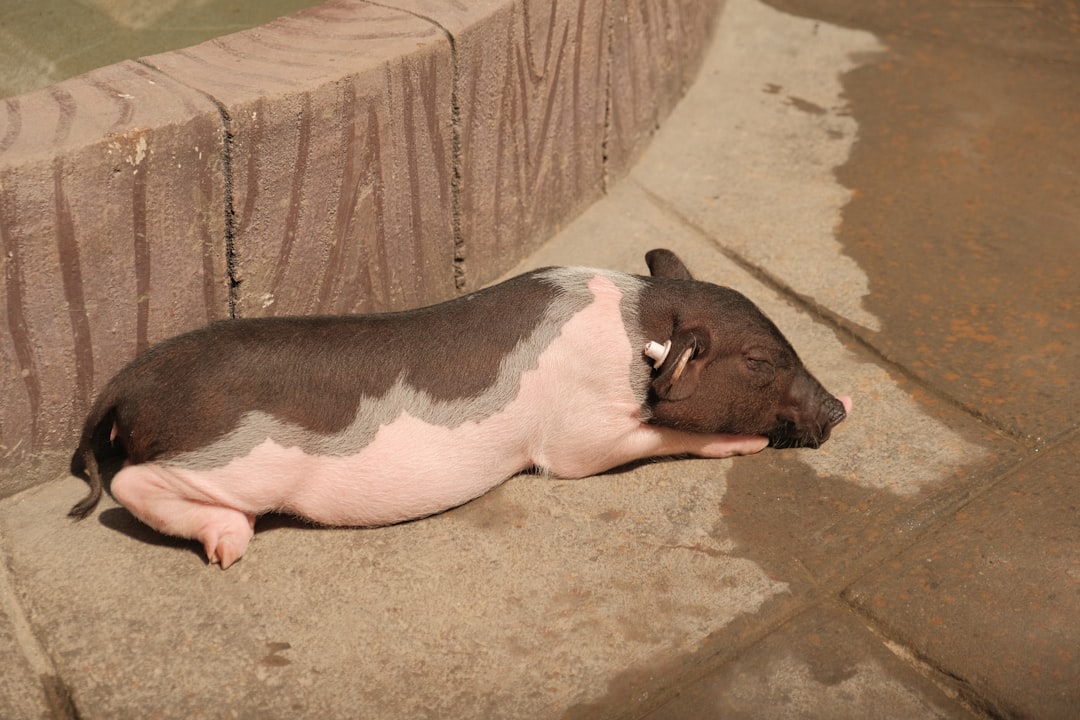What is it about?
Wood-Mason, 1885 and Alcock, 1896 famous Zoologists from Great Britain described a small frog crab (Scientific name - Lysirude channeri) from Bay of Bengal from depths around 600m. Later this crabs were discovered from other parts of the world with slight dissimilarity in shape - South China Sea (Griffin, 1970) and Philippians (Goeke, 1986). Some fossil crabs (Scientific name - Lysirude hookeri) from Antarctica (Feldmann, 1992) also showed similarity to the original descriptions. Recently from Bay of Bengal, the same area from the original discovery occurred - research team from India; Ministry of Earth Science Project on Deep-sea living resources, FORV Sagar Sampada cruise no. 291 on October, 2011 made a rediscovery. The specimens collected resemble the original description and its DNA sequencing were done (CO I Region of Mitochondria) for the first time. In this work we are pointing out that the specimens from other parts of the world are different in shape and structure from the Indian specimens and in order to confirm this we require more DNA sequencing from other sightings. But in this work we confirmed that there are two distinct genre by comparing the two sequences of Lysirude channeri and Lyreidus brevifrons (different genus).
Featured Image
Why is it important?
Frog crabs (Family - Raninidae ) has a worldwide distribution. The specimen here Lysirude channeri is a deepsea dwelling species (400-1500m) and has a Indo-Pacific distribution with slight morphological variations. Only the comprehensive DNA study can reveal the exact picture. In this scenario, this research work confirms there are two genera viz. Lysirude and Lyreidus and provides the base for future DNA based species studies.
Perspectives
As the author I can say this work is a re-description of a frog crab Lysirude channeri identified and described very well in the 19th century by veterans Wood-Mason, 1885 and Alcock, 1896. But today this work is important because of the two aspects; (1) The holotype and the recent specimens reported from Bay of Bengal, India is more or less similar and the specimens reported as Lysirude channeri from other parts of the world are different in morphology. (2) For the first time DNA sequencing (CO I Region) of Lysirude channeri and the comparative study of sequences of Lysirude channeri and Lyreidus brevifrons which lead to the confirmation of the genera Lysirude and Lyreidus, which will provide the base for future DNA based species studies.
Mr. JENSON VICTOR ROZARIO
Cochin University of Science and Technology
Read the Original
This page is a summary of: Re-description of Lysirude channeri (Decapoda Crustacea: Raninidae) from Bay of Bengal, Indian Ocean, Journal of the Marine Biological Association of the United Kingdom, May 2016, Cambridge University Press,
DOI: 10.1017/s0025315416000746.
You can read the full text:
Contributors
The following have contributed to this page










